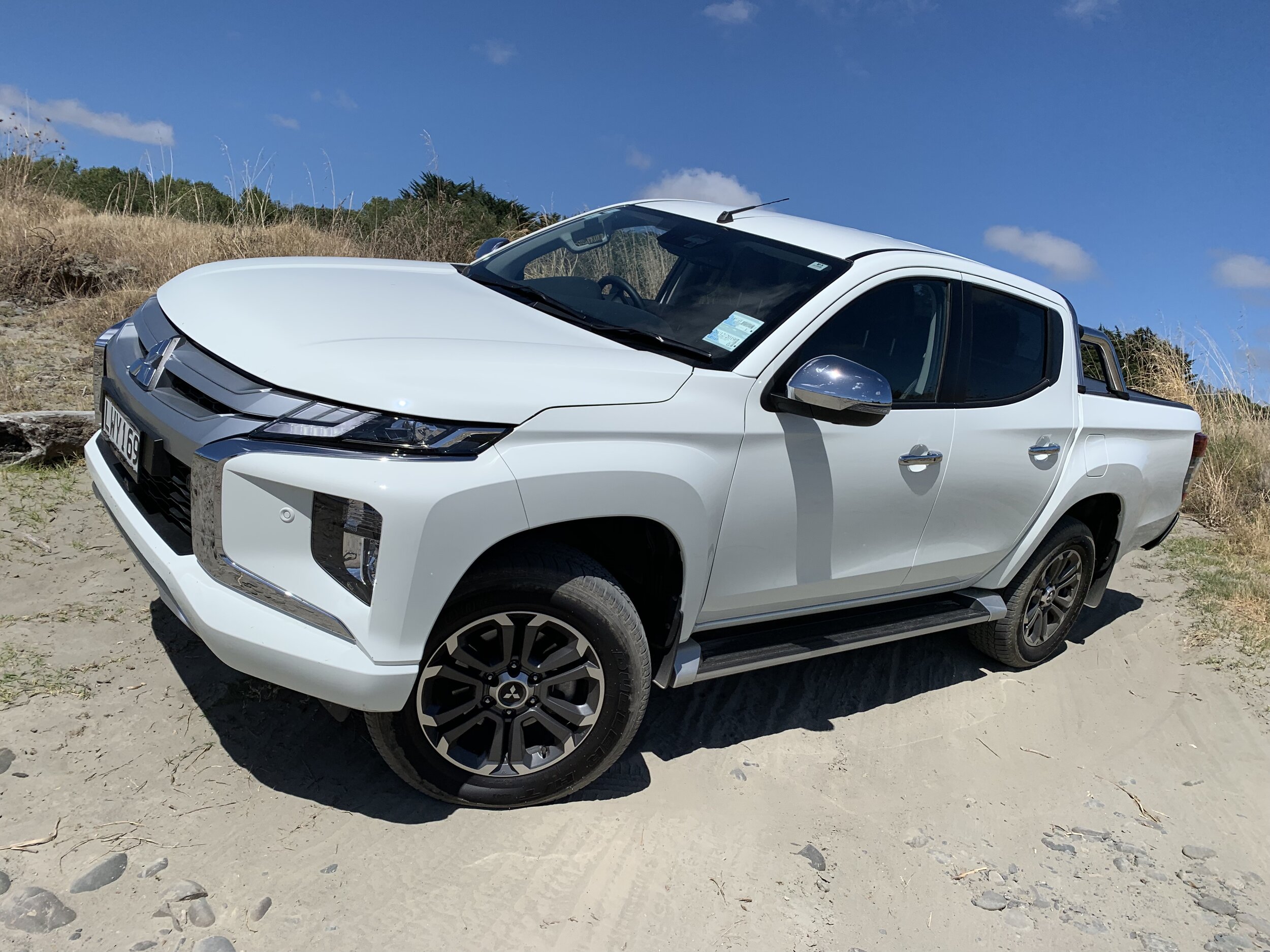Ute outlook: Part 2 – the big team
/Our national obsession for utilities, especially family-minded dual-cabs, knows no bounds. The market is booming at the moment, and filled with plenty of strong options. Yet surely you’re also keen to know something about what’s coming up next, when and from whom? Here’s part two of our three-part analysis.
Are you ready for Renaut’s Oroch Duster?
THE Renault-Nissan-Mitsubishi Alliance is a massive strategic partnership that currently produces better than 10 per cent of all the world’s new vehicles.
That’s a lot of vehicles – close to 11 million a year, in fact – so it makes sense that the alliance has various technology-sharing agreements in place to take advantage of economies of scale. Such as sharing platforms and powertrains for its next generation of vehicles, for instance.
When it comes to one-tonne utes, the first brand-new model to emerge from the Alliance is going to be the Mitsubishi Triton. And a likely special feature of the model, which will probably be launched in 2022, will that it will be electrified.
Probably not pure electric though – that would be a step too far, given the traditional towing and 4WD rock-hopping needs of utes. But it is known that research is progressing into whether the Triton will become available as a petrol-electric hybrid or as a PHEV.
Triton is a vitally important model for Mitsubishi. It’s the brand’s second-biggest selling vehicle worldwide behind the Outlander, with close to 200,000 annual sales. In New Zealand it is the biggest-selling Mitsubishi by a country mile – last year 5319 of them were registered, close to double the number of Outlander sales.
Current generation Triton has done Mitsubishi proud.
So in every respect it is important that the new Triton continues the model’s great reputation – and potentially enhance it via the Mitsubishi becoming the first ute manufacturer to add electrification to its lineup.
Mitsubishi has been investigating the feasibility of a hybrid ute for some years now, and in fact it revealed such a vehicle – a diesel-electric concept called GR-HEV – back in 2013 at the Geneva Motor Show.
While there was no updated concept ute at the Tokyo Motor Show late last year, it was made clear a brand-new Triton is under development – and that Mitsubishi will be the first member of the Alliance to produce it.
Said the company’s chief operating officer Ashwai Gupta at a media briefing: “It’s a matter of each brand’s business decision as to when they will launch (a new ute), but as far as Mitsubishi is concerned...we are going ahead with development of a Triton successor.”
Mitsubishi has already achieve big sales success with its Outlander PHEV, so it is obvious that this plug-in technology is one that the brand is now considering for light commercial use. But it may well be that a more traditional series or parallel hybrid system will be chosen.
Next ute off the Alliance rank will be the Nissan Navara, which is also likely to be offered with the choice of an electrified version. But as with Mitsubishi, no decision has been made on which direction this electrification will take.
The new Navara will probably arrive in 2022. The current model has already received a final refresh, and the New Zealand lineup has just been bolstered via arrival of a version called N-Trek Warrior which was developed by Australian firm Premcar.
N-Trek edition is expected to lift current Navara’s status
In New Zealand, Navara is the most popular Nissan, with its 3305 sales last year beating both the Qashqai and X-Trail SUVs.
At Tokyo last year, the brand’s global head of light commercial vehicles Francois Bailley said for Nissan to consider any form of electrified power, a ute must be able to deliver power, torque and towing abilities.
“We’re looking at different technologies, from full EV to PHEV and so on. But we don’t think our customers will tolerate any compromise in terms of towing, payload, range. We must supply the same capabilities as the internal combustion models.”
Interestingly though, Nissan has already produced an electric ute. Nissan-Dongfeng, which is a 50:50 joint venture in China, last year launch a new ute called Rich 6, which is based on the Navara and offers the equivalent of about 120kW and 420Nm.
Renault, the third member of the Alliance, already sells two utes on various interenational markets – the Navara-based Alaskan, and a small half-tonne ute called Oroch that is built off a compact SUV called Duster.
Renault New Zealand has been banging on for some years now that it intends importing the Alaskan, but it’s never happened. Now it is more likely that if a Renault one-tonne ute does enter the Kiwi market, it will now be a brand-new model based off the new Triton.
It also seems likely the Oroch will get here before that. Renault NZ has confirmed that the Duster will arrive in New Zealand during the fourth quarter of this year, and there is talk that the ute version will arrive soon after.
And what about the Mercedes-Benz X-Class? Will a second generation of that ute, which is currently built off the Navara and assembled alongside Navara and Alaskan in Spain, also be built off the new Triton? Or will there be another X-Class at all?
The answer is no. Mercedes-Benz has been badly burned by being the first luxury manufacturer to enter the world of the one-tonne ute – and as a result ithas announced that X-Class will be axed from the end of this month.
In a statement, the brand simply said: “In our global product portfolio, the X-Class is a niche product which plays a great role in a few markets.” In other words, It hasn’t been selling in anywhere near sufficient numbers – so is being dumped.





















